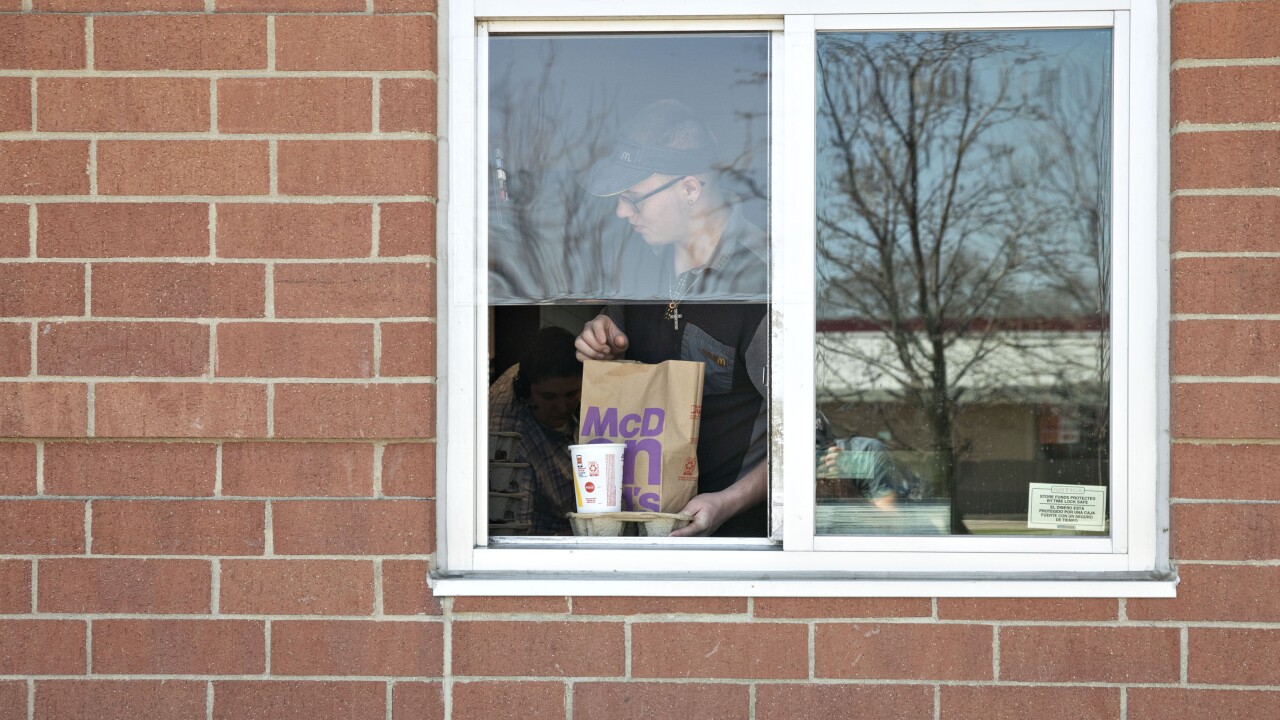When COVID hit, Naomi Allen knew she needed help.
“My oldest kid, who has anxiety, had gotten very stabilized but had a total recurrence of his anxiety at multiple points during COVID,” Allen says. “My two twins who are younger and have been going through an ADHD diagnosis, had really disruptive patterns in terms of being able to keep organized and manage their daily activities.”
Allen, the co-founder and CEO of
“During COVID, there’s been a 25% increase in pediatric anxiety and a 50% increase in pediatric depression,” Allen says. “We believe that we're looking at a multi-year tail of increased need around pediatric mental health services and family support services.”
Learning how to cope
For young people, the
“[Young people] are just less developmentally equipped to cope with those issues in the same way that adults would,” she says. “They're not as good at advocating for themselves, or knowing who to ask for help, or knowing when they need to ask for help. They're not as good at noticing when they're struggling or being able to identify coping skills on their own.”
Read more:
While an adult may be able to identify their emotions outwardly by saying things like, “I feel stressed and hopeless about the future,” McKenna explains, children and teens translate these emotions into irritability, defensiveness and withdrawal from their parents. A parent might brush it off as a phase, but it’s really a warning sign.
“Most kids are not going to be able to articulate to their parents, or really understand why they don’t feel good,” she says. “So they’ll say, ‘I hate this, don’t talk to me, leave me alone.’ And that can be really challenging for parents to know what’s going on. But if you’re noticing changes that are out of the norm for your kid, that’s a clue they’re struggling and may not know how to articulate it to you.”
Filling in the gaps
Simply talking about mental health isn’t always enough, yet when it’s time to
“Child and adolescent services can be tricky to find, and parents can go through a lot of failed attempts to really find somebody who's a good fit for them,” McKenna says. “That can be really discouraging. They feel like, ‘I can’t find anyone, this is too difficult to find someone after school.’ They just throw their hands up.”
A study by the International Journal of Health Services found that the average wait time to see a child psychologist is 43 days, and just 17% of psychologists specializing in pediatric behavioral health have availability to see new patients. Even then, the costs can be prohibitive. Fifty-five percent of child psychologists accept insurance; the rest are out-of-network with out-of-pocket costs ranging from $150-300 per hour.
Read more:
The stress and financial strain takes its toll: according to Brightline data, 21% of parents have quit their job or plan to in order to deal with behavioral or mental health issues.
“When they're going through an experience where a child has any type of behavioral health condition, the amount of burden and stress that families go through has an impact on their well-being,” Allen says. “There’s a high risk of burnout and parents themselves have a much higher risk of depression.”
Finding support
“Kids are actually more resilient using technology than we expected, and now there’s a strong preference for virtual first behavioral healthcare, because of the privacy and the comfort of delivering care in your home,” Allen says. “If Brightline hired every single pediatric therapist in the entire United States, we would still have a national shortage, so we instead use these tools to figure out what's an appropriate care pathway and measure whether they're working.”
Read more:
Lyra’s coaching and therapy services are available to all ages and also include family therapy. The Lyra network offers individual sessions with therapists and licensed social workers with a background in working with adolescents, and parents can
“Child and adolescent mental health is a whole family issue,” McKenna says. “Being able to provide services that support every member of the family, and not just the one identified kid, is essential to having sustainable symptom relief.”
Allen says her son and daughters have been able to get support during the pandemic with their anxiety and ADHD, and the experience has made her even more empathetic to the clients she works with everyday. Brightline has plans to expand to all 50 states and partner with nine healthcare plans in 2022, giving employers an opportunity to offer the benefit without “dealing with another vendor,” she says.
As COVID continues and mental health remains strained, it’s critical to understand that there may not be a clear end in sight, Allen says. But while that means more challenges in meeting the needs of families and their children, there’s also plenty of reason to hope.
“I know what's possible, and it’s hard work and sometimes it’s really sad work,” Allen says. “But this idea of families needing support that takes different shapes and flavors is much more openly discussed than it ever has been and there’s a much more open dialogue and acknowledgement that this is just part of growing up.”






